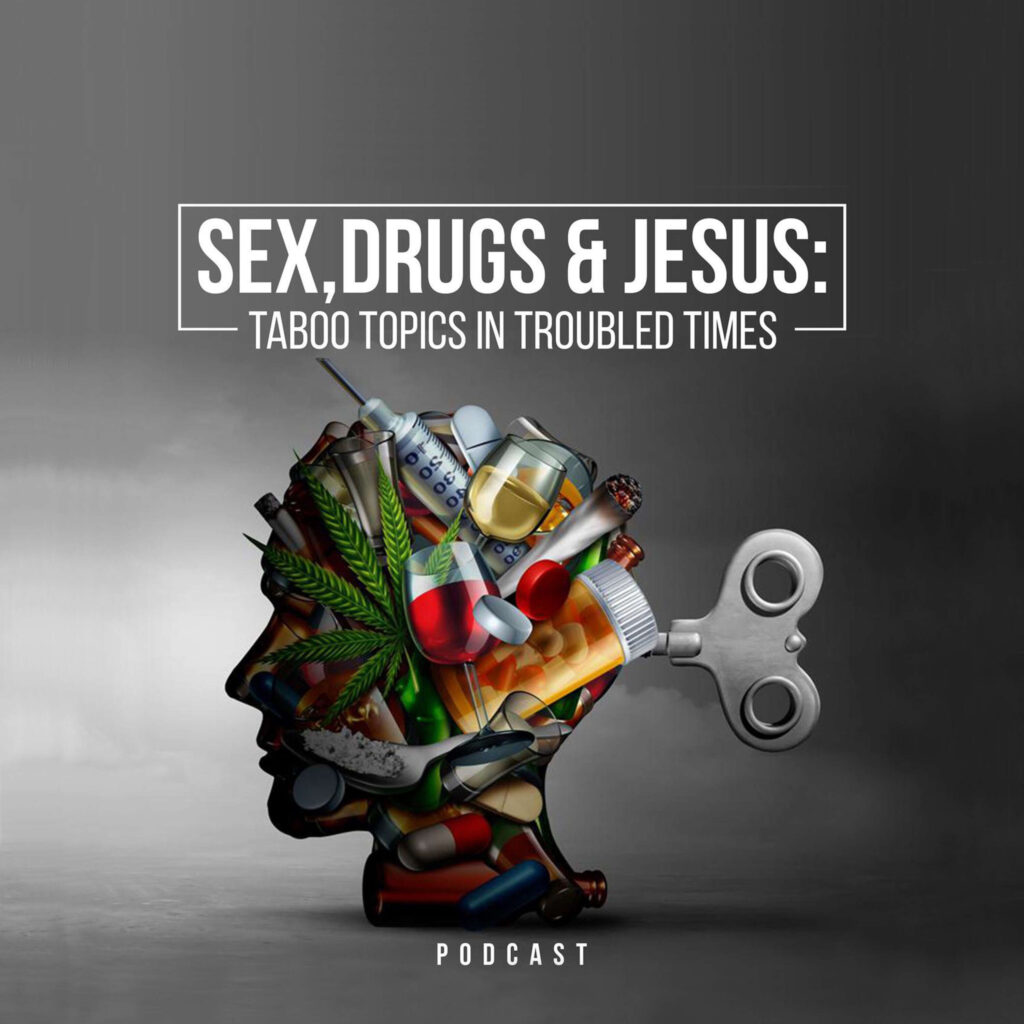Unsleeving Self-Inflicted Harm and How to Solve It, with Michelle Mitchell
You may be familiar with the term self-harm, but what does it really mean? Is it strictly physical or does it include self destructive thoughts too? Is it something that happens on a regular basis or something spontaneous? In polite company, we shy away from discussing self-harm because we feel like it’s too sensitive, or not politically correct.
If we can’t even talk about self-harm, how could we possibly help a friend or loved one who’s struggling with it?
Today, we’re tackling the taboo topic of self-harm head on. Our guest is the marvelous Michelle Mitchell, founder of the youth harm prevention charity Youth Excel, where she helps young folks go from self-destructive to self-confident. She’s also a bestselling author, speaker and educator, to name a few of her amazing accomplishments studying the subject of self-harm.
In this episode, you’ll gain a better understanding of what self-harm really is, how to spot it, and how to prevent it. Because we could all use a little intervention from time to time. Ready to get schooled on the significant topic of self-harm? You’ve come to the right place.
Self-Harm Explained
Before we could get into remedies for self-harm, I wanted to get to the bottom of its causes. What in the world drives someone to hurt themselves? Michelle clarifies that the self-harm we typically see is different than a suicide attempt.
Instead, it’s a stress response. Like picking up a glass of whisky or reaching for a cigarette after a tough day, it’s a common coping response when emotions are flying high. We all gotta find a way to deal with life’s bullshit, and for some, self-harm is a quick fix.
Though many of us consider self-harm to be physical damage to the body, Michelle clarifies that self-harm can include any kind of self destructive behavior: unsafe sex, binge-drinking, even spreading hate speech on social media. These behaviors offer a rousing jolt of adrenaline followed by numbness or intense shame.
These negative feelings bring the self-harmer lower, leading to a cycle of more self-harm to cope with more discomfort.
Also In this episode, I explain how habitual self-harm is not unlike being addicted to certain drugs. The high is euphoria, and the low is painful beyond belief. Even though you think you’ll only do it once or one more time, you find yourself seeking out the exact thing that made you feel so bad the day before–and the cycle continues.
Michelle reminds us that self-harm is not a diagnosable mental health disorder, but is often tied to disorders like depression or anxiety. Like other mental health issues, childhood trauma can make someone more susceptible to developing a self-harm problem. Self-harm is also more prevalent for those in the LGBTQ+ community.
I get it. I repressed my sexuality after being told by my church that I would burn in Hell for not being straight. It’s not hard to understand why so many gay youths want to cope with rejection and turn to self-harm as a solution
So What Can We Do About it?
If you’re worried that someone in your life is committing self-harm, Michelle says there are some surefire ways to spot it. Unexplained body marks and long sleeves that are rarely removed are serious signs that self-harm could be going on. Michelle says if someone is constantly doing laundry, they might be really focused on having clean clothes….or they may be trying to hide self-harm evidence, like blood or ash.
If you’re a parent, Michelle says it’s wise to pay a little extra attention if your teens start to shut you out. Self-harm is particularly common for young people, especially those going through puberty. Because adolescence is such a wild ride of hormones and body changes, teens often grapple for comfort and find self-harm as a solution. The 24/7 presence of social media only makes it all worse. Sometimes they’re not ready to reach out to talk about a self-harm problem, and you may need to reach in.
As Michelle says in our interview, showing love can be the key to helping someone heal. Simply sharing that you care can work wonders. So, if you suspect someone has a self-harm problem, Michelle suggests being an ear to listen. She also recommends asking how you can help, instead of acting like you know how to help.
Michelle walks me through Self-Harm Plans, or ways to help someone get back on their feet when they find themselves in a bad cycle. Instead of harming, Michelle suggests deliberately doing something positive to handle that emotional roller coaster. That might be a physical activity like going for a run, or a social outing like watching a movie with friends. For others, the comfort might lie in creative activities like painting. As Michelle wisely puts it, emotions require movement. When you reach a seriously emotional state, you’ve got to do something active to ease the feeling.
Although it may be a slow recovery process, Michelle emphasizes the value of taking it day by day.
In the Episode…
There’s so much we can learn from Michelle about how self-harm affects those who struggle with it and how we can help. In our conversation, we also cover:
- How mentors can be life changing
- What psychological factors motivate self-harm
- Wh we should know about digital self-harm
- How men and women approach self-harm differently
Thanks for listening as we take the time to educate ourselves on this seriously important topic. If anything in this episode triggered you or made you realize it’s time to reach out for help, we’ve included some resources below. That’s all for this week, and we’ll see you next time.
Veteran Crisis Hotline: 800-273-8255 Option #1
National Suicide Prevention Hotline: 800-273-8255

